Find Any Kiosk Machine You Need And Contact Lean Kiosk Now
All Products
Select Any Product
- Request A Quote Now

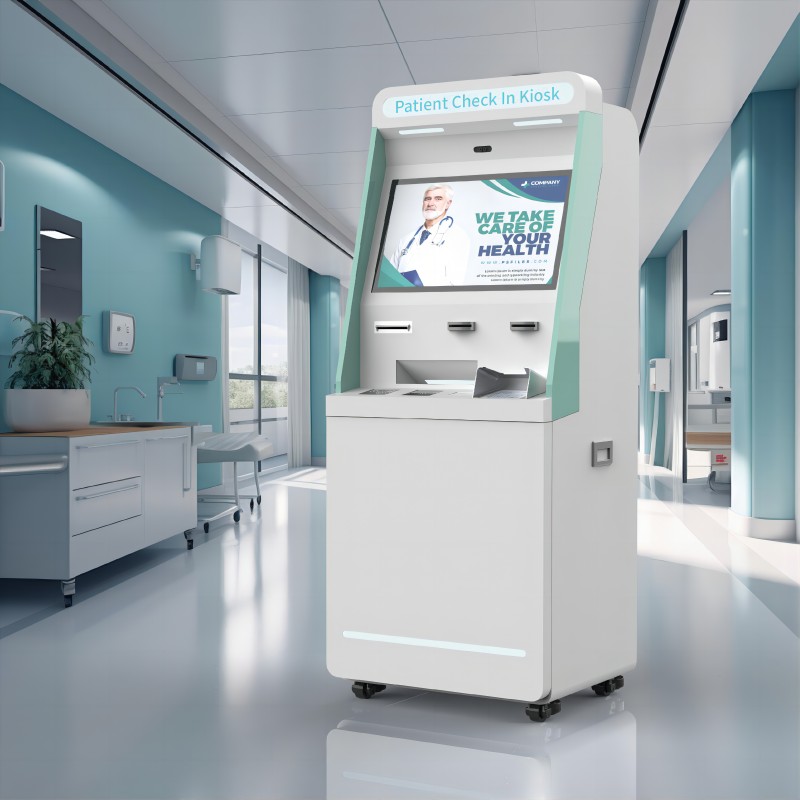
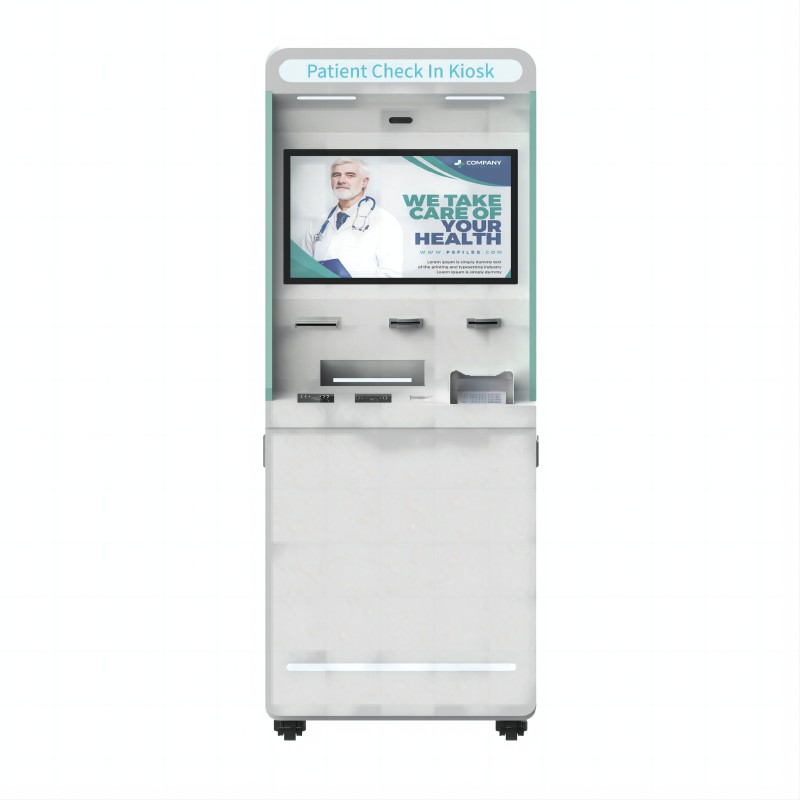
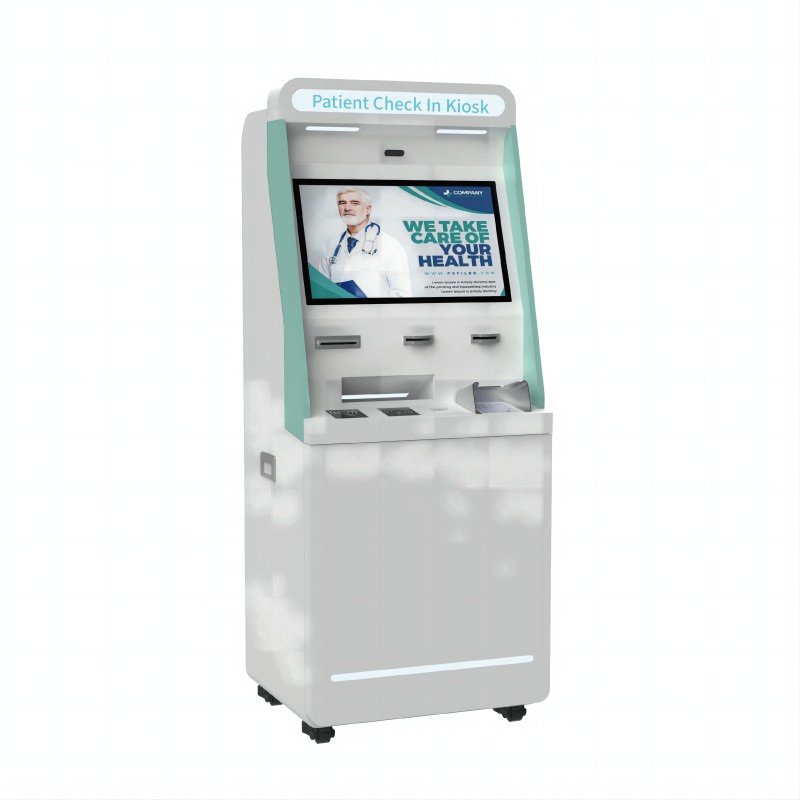
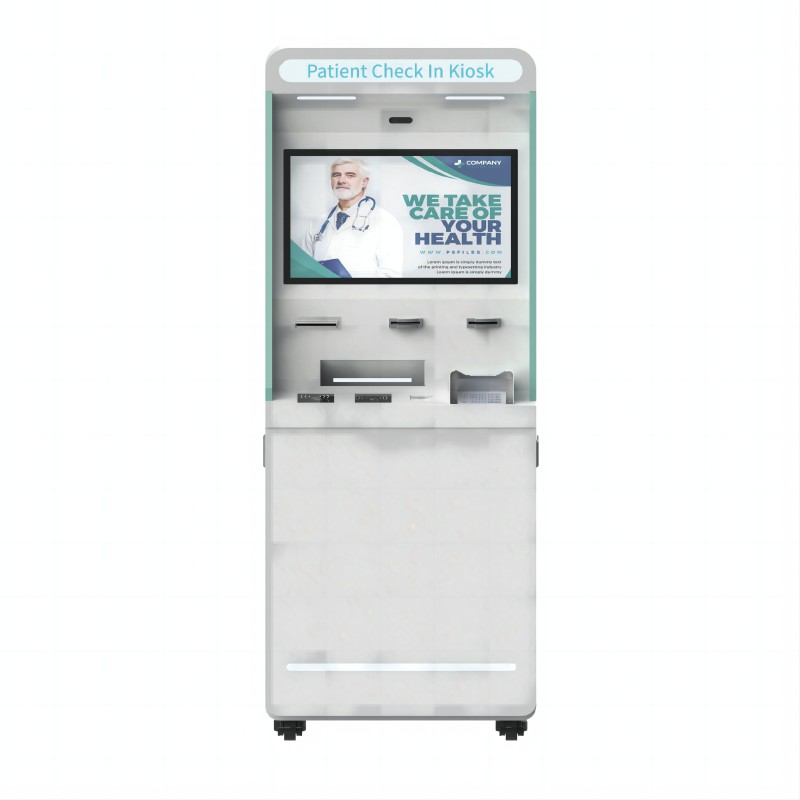
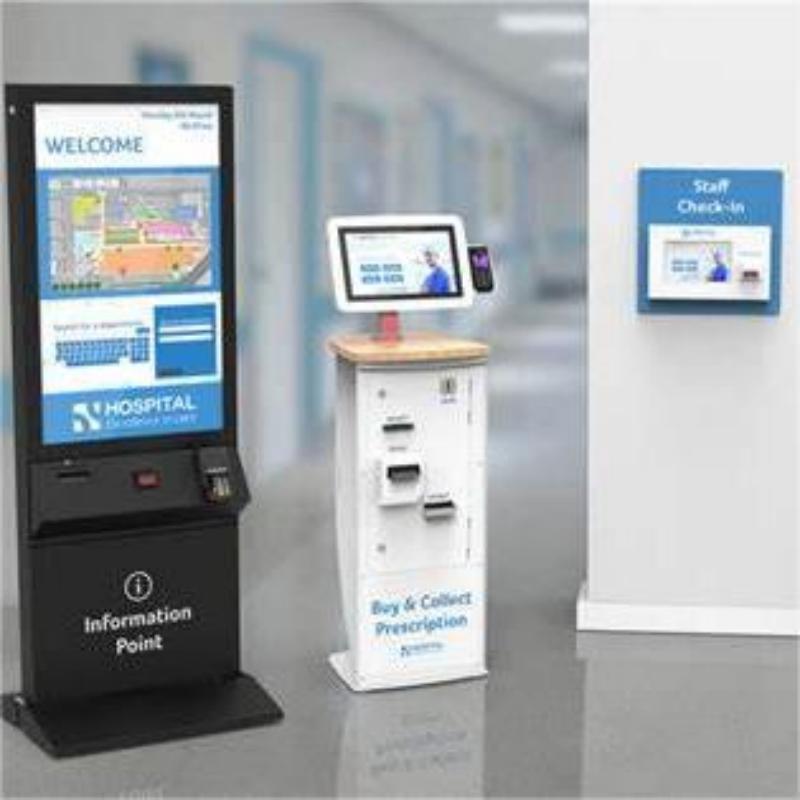
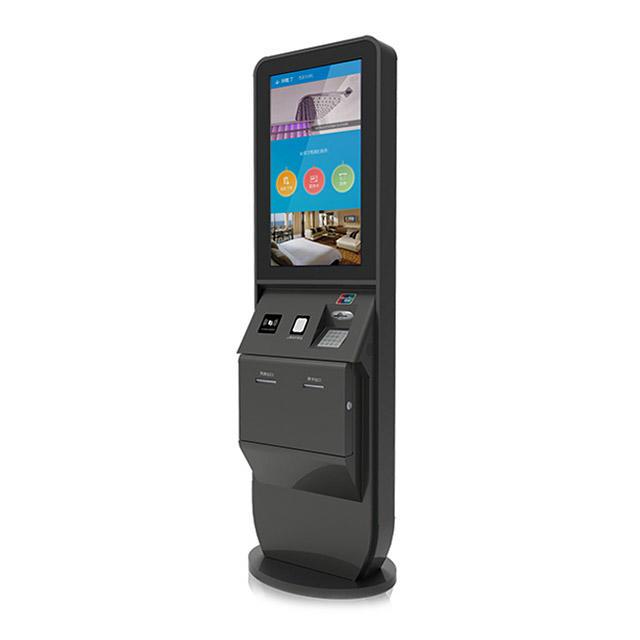
What did our happy clients say?
The hospital kiosk we purchased has been a game-changer! It streamlined our patient check-in process, reducing wait times significantly. The setup was smooth, and the support team was outstanding. Highly recommended!
We are extremely satisfied with our new hospital kiosk. It’s user-friendly and has greatly improved patient experience. The customization options allowed us to perfectly match our needs. A fantastic investment!
This hospital kiosk has exceeded our expectations. It's efficient, reliable, and easy for both staff and patients to use. The integration with our existing systems was seamless. Excellent product and service!
Our hospital kiosk has improved operational efficiency and patient satisfaction. The quality and design are top-notch, and the vendor provided exceptional support throughout the process. We highly recommend it!